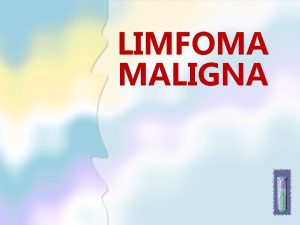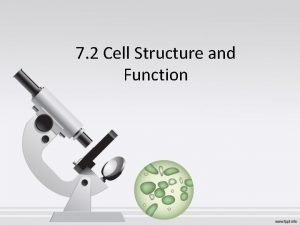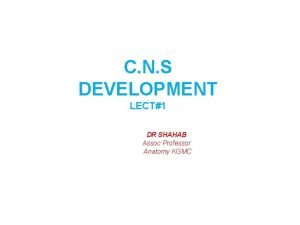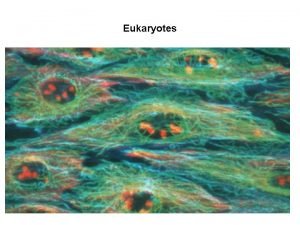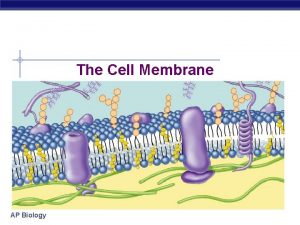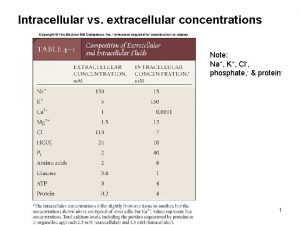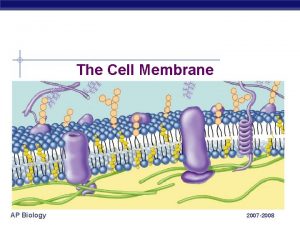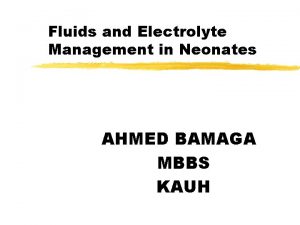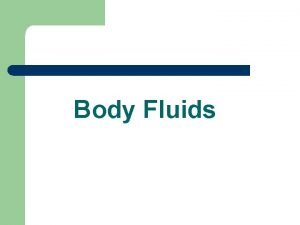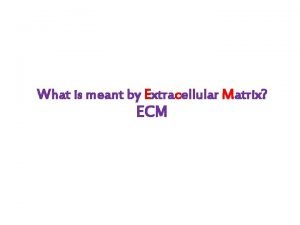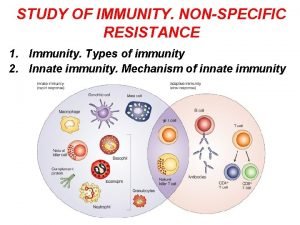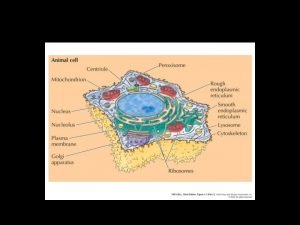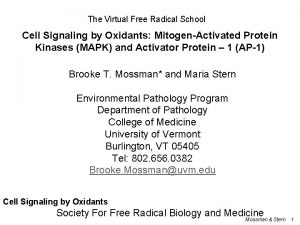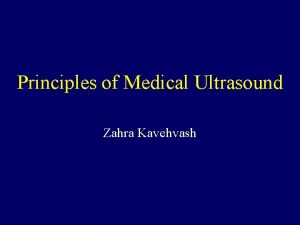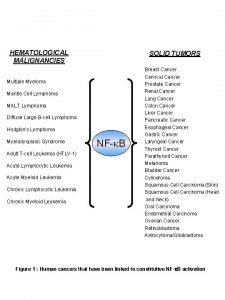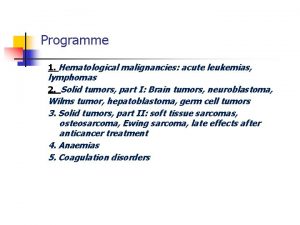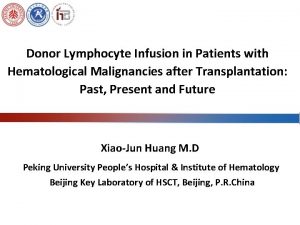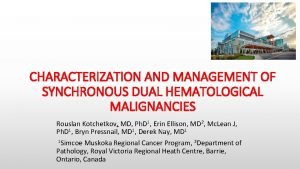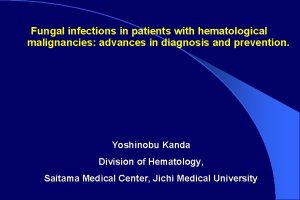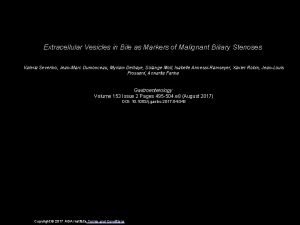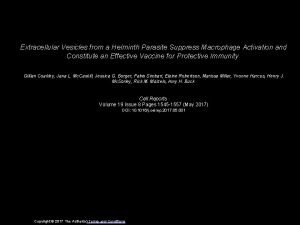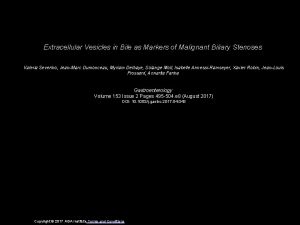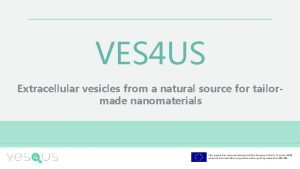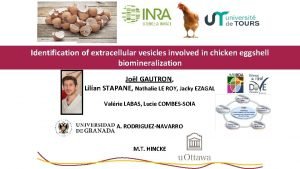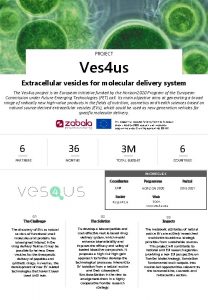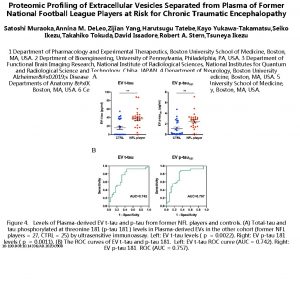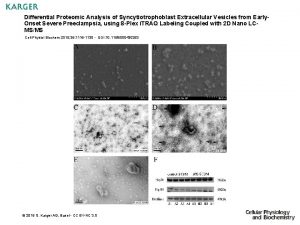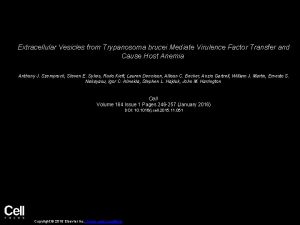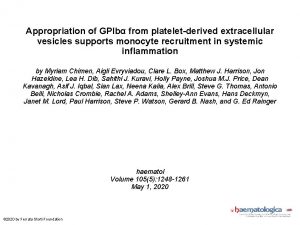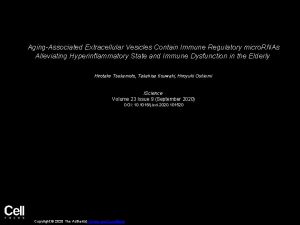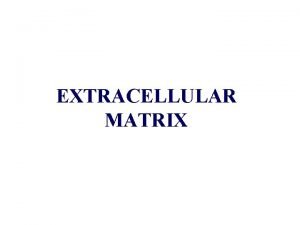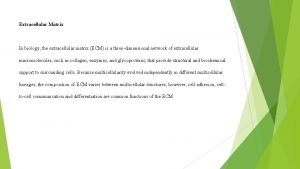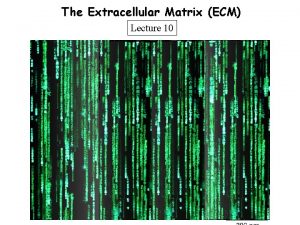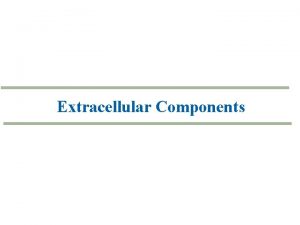Role of Extracellular Vesicles in Hematological Malignancies Zahra





































- Slides: 37

Role of Extracellular Vesicles in Hematological Malignancies Zahra shakeri niya MSc Student Of Hematology

Cell-to-cell communication • • • soluble factors Extracellular matrix components ion channels tunneling nanotubules, extracellular vesicles (EV)

EV • Microvesicle • Exosome • Apoptotic body


composition of EV • depending on: üthe type cell üphysiological and pathological state • • proteins specific lipids coding and noncoding RNAs DNA may be present in EV

• microenvironmental stressors such as low p. H, heat, and oxidative stress modulate the molecular composition of EV

internalization

TMV • Microvesicle derived cancer cell named tumormicrovesicle (TMV)

EV cause intracellular communication between cancer cell and microenviroment inhibits physiological function of stromal cells AND promote tumor growth and metastasis.

Tumorigenesis • EV derived from malignant cells affect other cells and change phenotype of normal cells to malignant cell • EV isolated from plasma of B-cell chronic lymphocytic leukemia (CLL) patients can interact and modulate BMSC, thus providing a “homing and nurturing” environment for CLL B cells

Tumor growth • CML derived exosomes are able stimulate bone marrow stromal cells (BMSC) to release IL 8, which acts as an in vitro and in vivo prosurvival factor for CML cells. • The inhibition of IL 8 receptors, using SB 225002, was able to abrogate the IL 8 - driven CML cell survival in vitro as well as the growth of CML xenograft in vivo.

connect hematopoietic malignant cells and resident cells Prosurvival factor IL 8 Activate an AXL mediated pathway CXCLl 8/ CXCR 1 -2 signaling

CLL EV maintain the state of activation AKT/m. TOR/p 70 S 6 K/HIF-1�� modulate the AKT/GSK 3�� or AKT/�� catenin signaling pathways Provide tumormicroenvironment that favors disease progression

• that multiple-myeloma-BMmesenchymalstromal-cell- (MM-BMSC-) derived exosomes played a role in multiple myeloma (MM) disease progression in vivo. • BMSC transfer exosomes containing mi. R-15 a into MM cells, inducing their proliferation and survival.

K 562 cells EV Normal neutrophil • Incubation of neutrophils with K 562 -EV for 24 hours resulted in the expression of the Bcr/Abl hybrid gene in 20% of the cells • Injection via tail vein of K 562 EV into rats or mice caused several symptoms of CML in the animals, such as weakness, loss of weight, splenomegaly, and neutrophilia, but reduced neutrophil phagocytic activity. • Finally transfer BCR/ABL gene with EV to normal neutrophils may promote in vivo transformation of normal cells.

Apoptosis • LAMA 84 -derived exosomes showed a reduction of the pro-apoptotic genes BAD, BAX and PUMA and an increase in m. RNA levels of the anti-apoptotic genes survivin, BCL-xl, and BCL-w.

cellular stresses heat shock proteins (HSP 70 and HSP 90) and survivin in exosomes inhibit apoptosis and increase cellular proliferation

Angiogenesis • growth, invasion, and metastasis are depending on angiogenesis • Increased angiogenesis in hematologic disorders : AML and CML acute and chronic lymphocytic leukemia MM lymphomas

EV composition changes in target cells or by delivering angiogenic proteins or mi. RNAs that can stimulate EC function

• exosomes released from CML cells directly affect ECs by modulating the process of neovascularization with release of proangiogenic cytokines, such as Interleukin-8

angiogenic mi. RNAs mi. R-92 released from K 562 enhanced EC migration and tube formation

mi. R-126 expressed 6 -fold more in LAMA 84 exosomes compared with the parental cells modulating adhesive and migratory abilities of CML cells

• hypoxia boosting tumor angiogenesis with increase of many proangiogenic factors in EV • Hypoxic human leukemia cell line K 562 secretes exosomal mi. RNAs such as mi. R-210 higher than normoxic exosomes. suppress the expression of specific genes in endothelial cells, resulting in enhanced pro-angiogenic activity

• BM angiogenesis also plays an important role in the pathogenesis and progression of MM • exosome stimulation promotes EC proliferation and the invasion and the secretion of the proangiogenic factors IL 6 and VEGF

Tumor immune escape • TMV impairing differentiation and maturation of dendritic cells. • which changed their role from effective APCs into negative modulators of immune response

leukemia/lymphoma T- and B-cells NKG 2 D thermal and oxidative stress exosomes enriched in Natural Killer Group 2, member D (NKG 2 D) Nk cell cytotoxicity

Drug resistance • many anticancer drugs can be encapsulated in exosomes and effluxed outside of cells, and shedding of exosomes is closely related to drug resistance in many cancers.


• The effect of BMSC-derived exosomes on the survival and drug resistance of MM cells, using both a murine model and human MM samples, has been investigated in MM • drug resistance to bortezomib in MM cells treated with BMSC-derived exosomes, as well as the activation of several pathways related to drug resistance and cell survival, such as NOTCH 1, STAT 3, NF-�� B, and AKT

• B-cell lymphoma-derived exosomes carried the protein CD 20, exposed in the membrane, able to intercept rituximab, and thus allowing lymphoma cells to escape from humoral immunotherapy • Because exosomal CD 20 is a decoy target for rituximab , drug sequestered by circulating exosomes may reduce the efficacy of pharmacological treatment

EV as Biomarkers • EV (both MV and exosomes) contain genetic and proteomic contents that reflect the cell of origin • EV enhancing during cancer progression • EV from body fluids and the circulation of cancer patients is a source of new predictive biomarkers involved in cancer development • EV can protect their cargo from nucleases and proteases, increasing the biomarker half-life

• EV-associated cancer biomarkers have been extensively described in a great number of solid cancers, such as prostate cancer, melanoma, and lung cancer • in patients affected with melanoma and other solid tumors, total protein levels of exosome fractions isolated from plasma were reported to reflect disease stage, tumor burden, response to therapy, and survival • in AML, exosomal protein levels may reflect the Extent of disease and correlate with its relapse after therapy

• exosomal protein levels ü 1. predictive of long-term disease survival ü 2. response to chemotherapy ü 3. detect residual leukemia cells in patients considered in complete remission • e. x : the TGF-�� 1 levels upon AML diagnosis were higher than those in exosomes of normal controls. Following chemotherapy treatment, TGF-�� 1 levels were significantly reduced, while patients in long-term complete remission had low exosomal TGF-�� 1 levels

• exosomes, released from malignant cells, are enriched in tumor antigens • exosomes isolated from ovarian or breast cancer ascites contain tumor specific antigens HER 2/NEU • MART 1 is found in nanovesicles recovered from serum of patients with melanoma

m. RNAs and mi. RNAs • EV including m. RNAs and mi. RNAs, to recipient cells, and affect the metabolism of target cells. • That mi. RNA content from their originating cancer cells is similar to that found in circulating exosomes • Exosomes derived from both AML and CML cells were enriched for several coding and noncoding RNAs relevant to both cancer prognosis and treatment, as well as to the leukemic niche function

• mi. R-155 as a useful biomarker in individuals with monoclonal B-cell lymphocytosis and in patients with B chronic lymphocytic leukemia • higher mi. R-155 levels expression in patients who failed to respond to chemotherapy compared with those who experienced complete response • At present, mi. RNA-based clinical trials involving exosomes have not been initiated because an improved characterization of these carriers and their cargos in normal and disease models is still needed

 Lymphoma case presentation
Lymphoma case presentation Jaringan limfoid
Jaringan limfoid Ciliated protozoa
Ciliated protozoa Presynaptic vesicles
Presynaptic vesicles Golgi vesicles function in animal cell
Golgi vesicles function in animal cell Are ribosomes in mitochondria
Are ribosomes in mitochondria Three primary brain vesicles
Three primary brain vesicles Seminal vesicle function
Seminal vesicle function Tissue explanation
Tissue explanation Outline two roles of extracellular components
Outline two roles of extracellular components Extracellular fluid
Extracellular fluid Intracellular k concentration
Intracellular k concentration Bioimpedância
Bioimpedância Esol unina
Esol unina Body fluid compartments
Body fluid compartments Extracellular signal
Extracellular signal Extracellular fluid composition
Extracellular fluid composition Viscoseal
Viscoseal Major intra and extracellular electrolytes
Major intra and extracellular electrolytes Deuteromycotes
Deuteromycotes Extracellular fluid contains
Extracellular fluid contains Matriz extracelular
Matriz extracelular Non specific innate immunity
Non specific innate immunity Extracellular fluid
Extracellular fluid Extracellular digestion
Extracellular digestion Movement of body fluids
Movement of body fluids Interstitial fluid vs extracellular fluid
Interstitial fluid vs extracellular fluid Activator protein
Activator protein Fungsi membran sel
Fungsi membran sel Ziarat fatima zahra
Ziarat fatima zahra Zahra mixes 150g of metal a
Zahra mixes 150g of metal a Aye meri bibi noha irfan haider
Aye meri bibi noha irfan haider Ummul masaib zahra lyrics
Ummul masaib zahra lyrics Zahra aivazpour
Zahra aivazpour Zahra kavehvash
Zahra kavehvash Zahra davoudi
Zahra davoudi Shab ko zindan se lyrics
Shab ko zindan se lyrics Literacy shed zahra
Literacy shed zahra

